The Best of Travel: Croatia
Croatia is one of Europe' most desirable travel destinations. The Adriatic coast, with its balmy Mediterranean climate, hinterland of rugged limestone mountains and glorious islands is the vacation hotspot.
To the south lies Dalmatia, with its legendary port cities Dubrovnik and Split, and to the north Istria, a verdant peninsular and home to picture-perfect Rovinj. Historically the coast has come under the Romans, Byzantium and the Venetian Empire, so you can expect proud ancient monuments, imposing basilicas, fortified harbor towns and hilltop castles.
Italianate influence is present in the cuisine, with plenty of pasta, risotto, and Adriatic seafood, along with a new wave of Creative Mediterranean fare, showcasing local seasonal produce (much of it organic) with contemporary flair. A good meal is inevitably accompanied by wine, which is on the up-and-up, thanks to a new generation of savvy vintners.
And for those in search of an active vacation, Croatia offers sailing, scuba-diving, sea-kayaking, wind-surfing, rafting, cycling and hiking.
1. Islands
The glorious Dalmatian islands, with turquoise-blue waters and fragrant pinewoods, epitomize Croatia's magic.
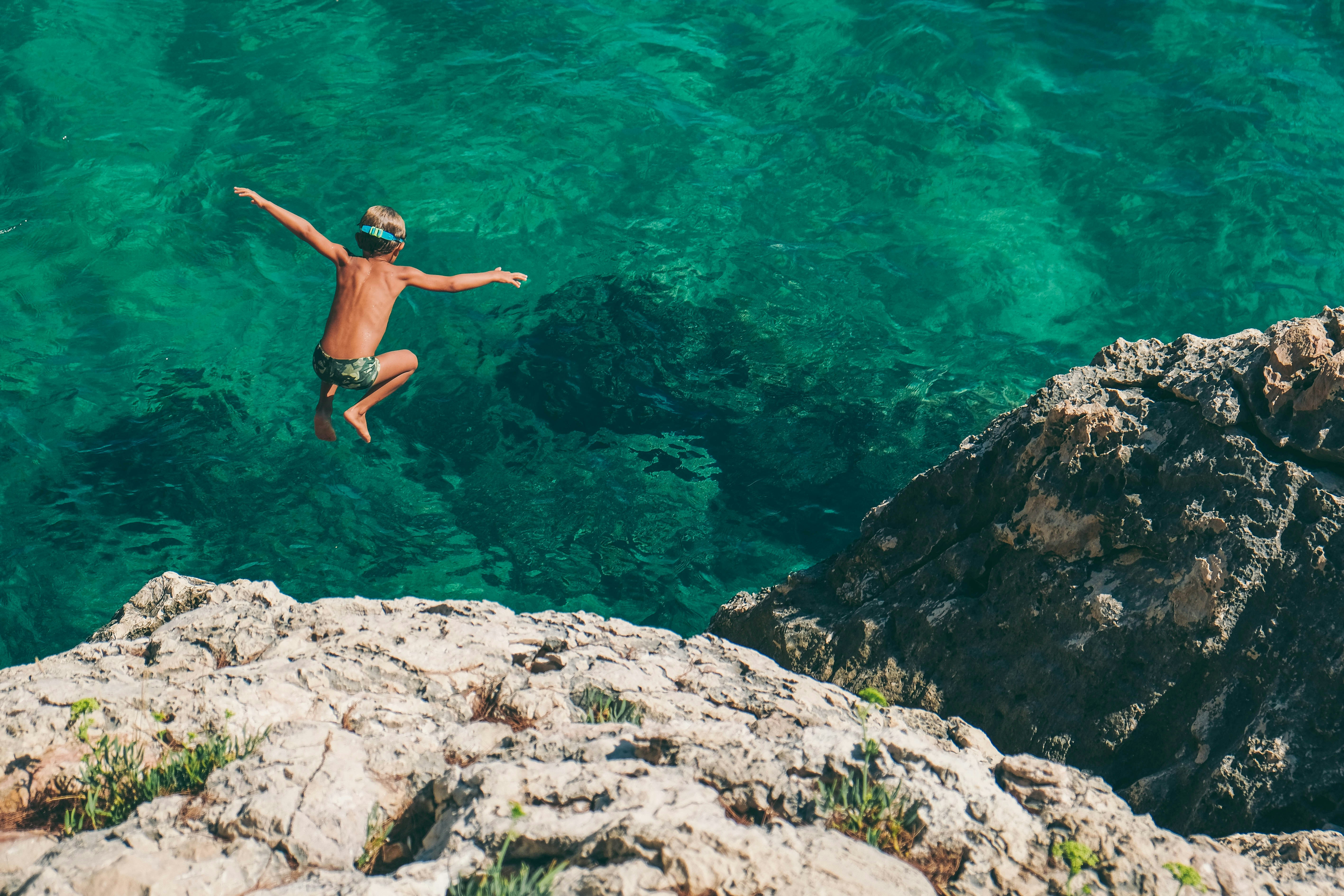 Boy jumps into turquoise-blue waters off the the glorious Dalmatian islands. [Photo: Nikola Radojcic]
Boy jumps into turquoise-blue waters off the the glorious Dalmatian islands. [Photo: Nikola Radojcic]Blessed with hillside vineyards, silvery-green olive groves, sleepy fishing villages and hidden pebble beaches, they lay just a short ferry ride from Split or Dubrovnik.
Favorites include Hvar and Korčula, with their romantic harbor towns, revealing proud Baroque churches, mysterious medieval monasteries, chic seafood eateries and open-air cocktail bars.
The island of Brač beckons hikers, cyclists and wind-surfers, while distant Vis and Lastovo are much-loved by yachters. Accommodation options range from luxurious modern spa hotels to centuries-old boutique hideaways.
Some islands can be visited as day trips – from Dubrovnik you might explore the car-free Elafiti islets, where local nobles used to keep Renaissance summer villas, while from Pula in Istria you can tour Veliki Brijuni, once the private retreat of Yugoslav President Tito.
2. UNESCO World Heritage Sites
Croatia's most impressive historic attractions have been recognized by UNESCO. Best known is Dubrovnik, a beautifully preserved medieval-walled port city, revealing a warren of stone alleys, centuries-old churches and monasteries, and aristocratic Baroque palazzi, once populated by wealthy shipping families and merchants.
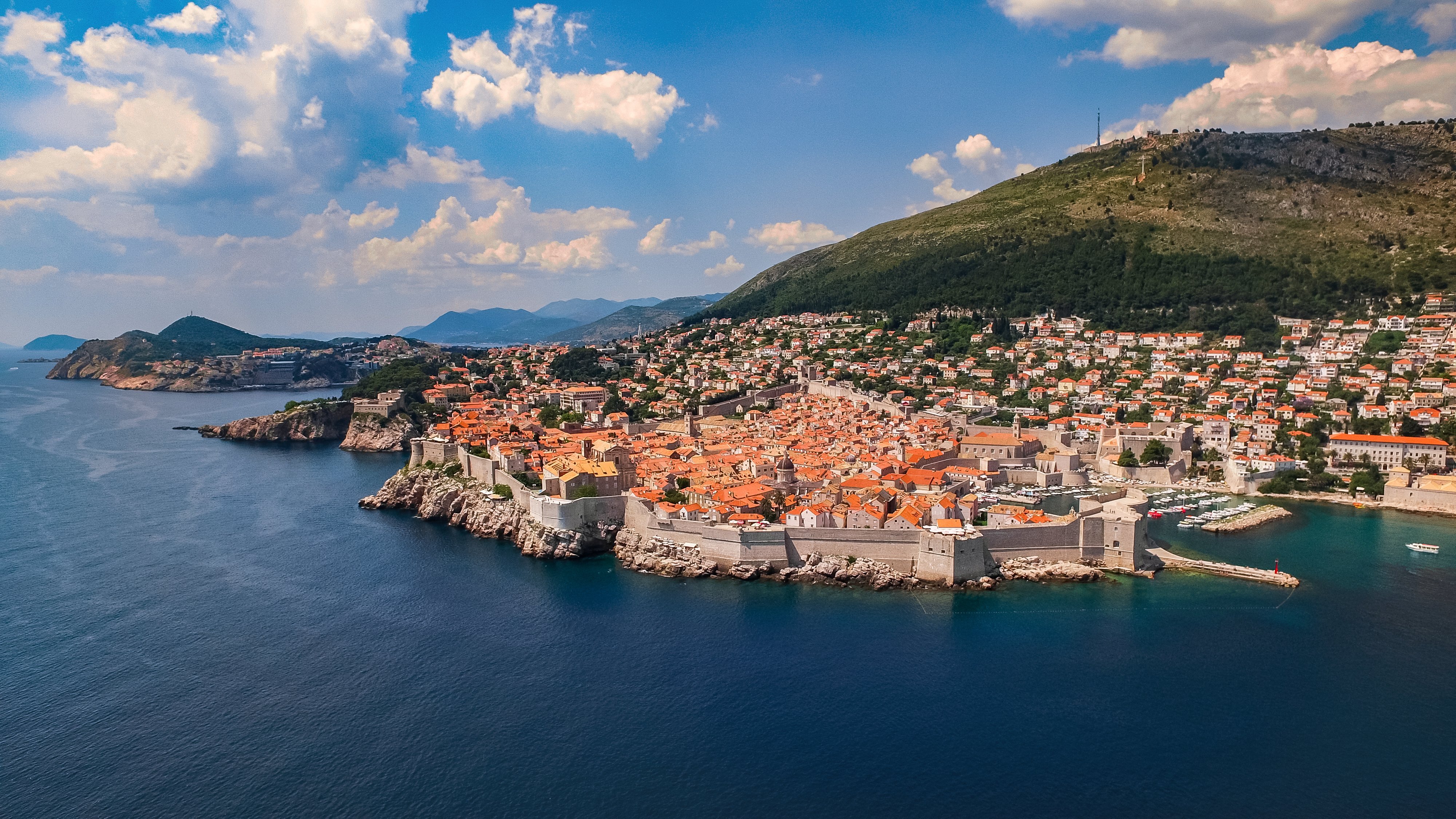 Dubrovnik, a beautifully preserved medieval-walled port city. [Photo: Ivo Biocina]
Dubrovnik, a beautifully preserved medieval-walled port city. [Photo: Ivo Biocina]In Split, the heart of the old town lies within Diocletian's Palace, built as a monumental retirement home for Roman Emperor Diocletian – today city life, complete with shops and cafes, takes place inside those ancient walls.
Nearby, medieval Trogir stands compact on a tiny islet linked to the mainland by a footbridge, and centers on a finely-carved 12th-century Romanesque-Gothic cathedral.
Further up the coast, Šibenik, guarded by three hillside fortresses and a fourth fort out to sea, boasts a Unesco-listed Renaissance cathedral of white limestone.
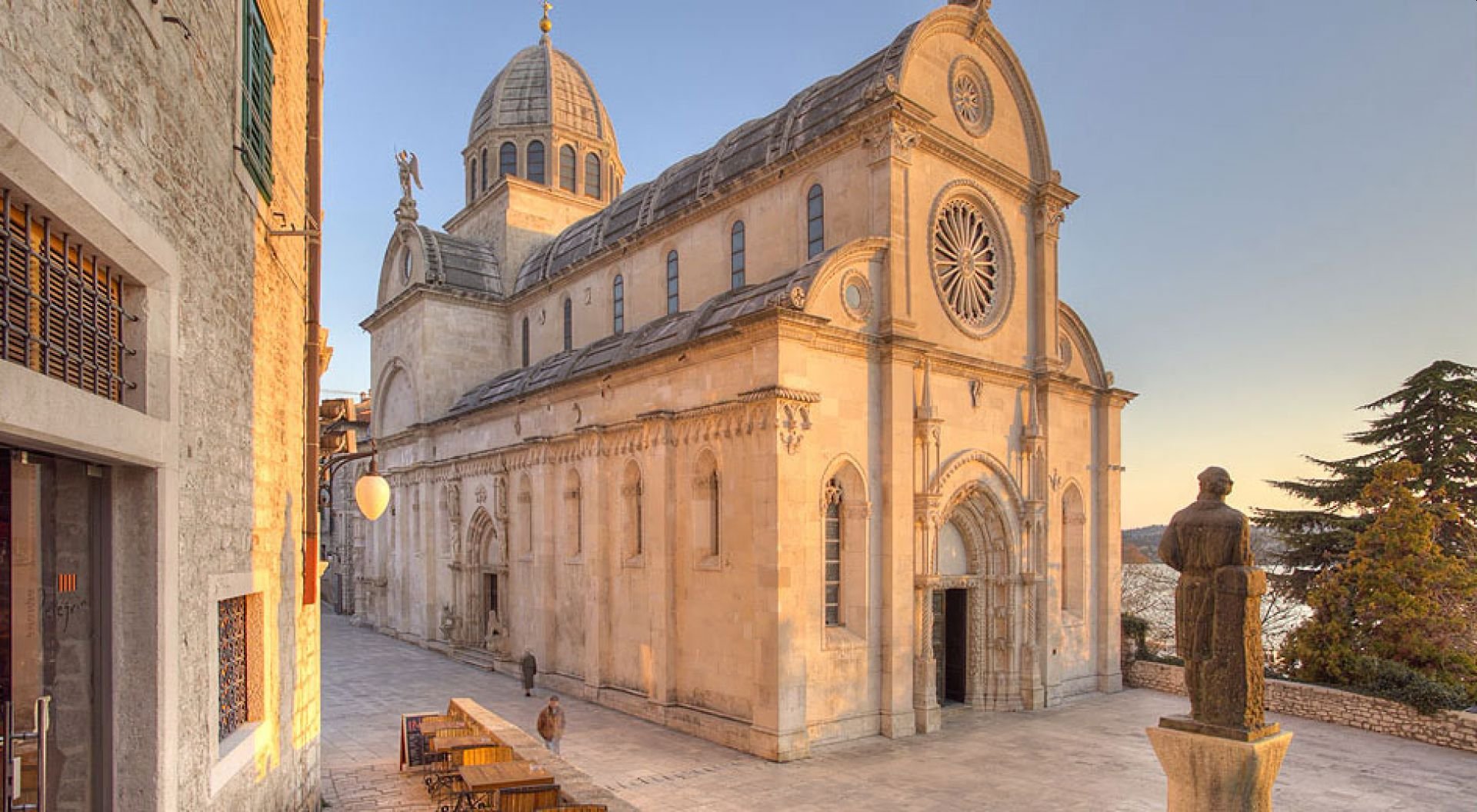 Renaissance cathedral of white limestone in Šibenik. [Photo: Šibenik Tourist Board]
Renaissance cathedral of white limestone in Šibenik. [Photo: Šibenik Tourist Board]Up in Istria, close to Rovinj, Poreč is home to a mystical sixth-century basilica, adorned with glittering golden Byzantine mosaics.
3. Culinary Delights
Dining out will be one of the highlights of your trip to Croatia, especially if you're a seafood lover.
Here you can feast on delicious risotto made from Adriatic shrimps; freshly-caught wild sea bass (simply grilled and served with olive oil and lemon); and brodet (a slow-cooked casserole of fish, tomato, onion, white wine and fresh herbs).
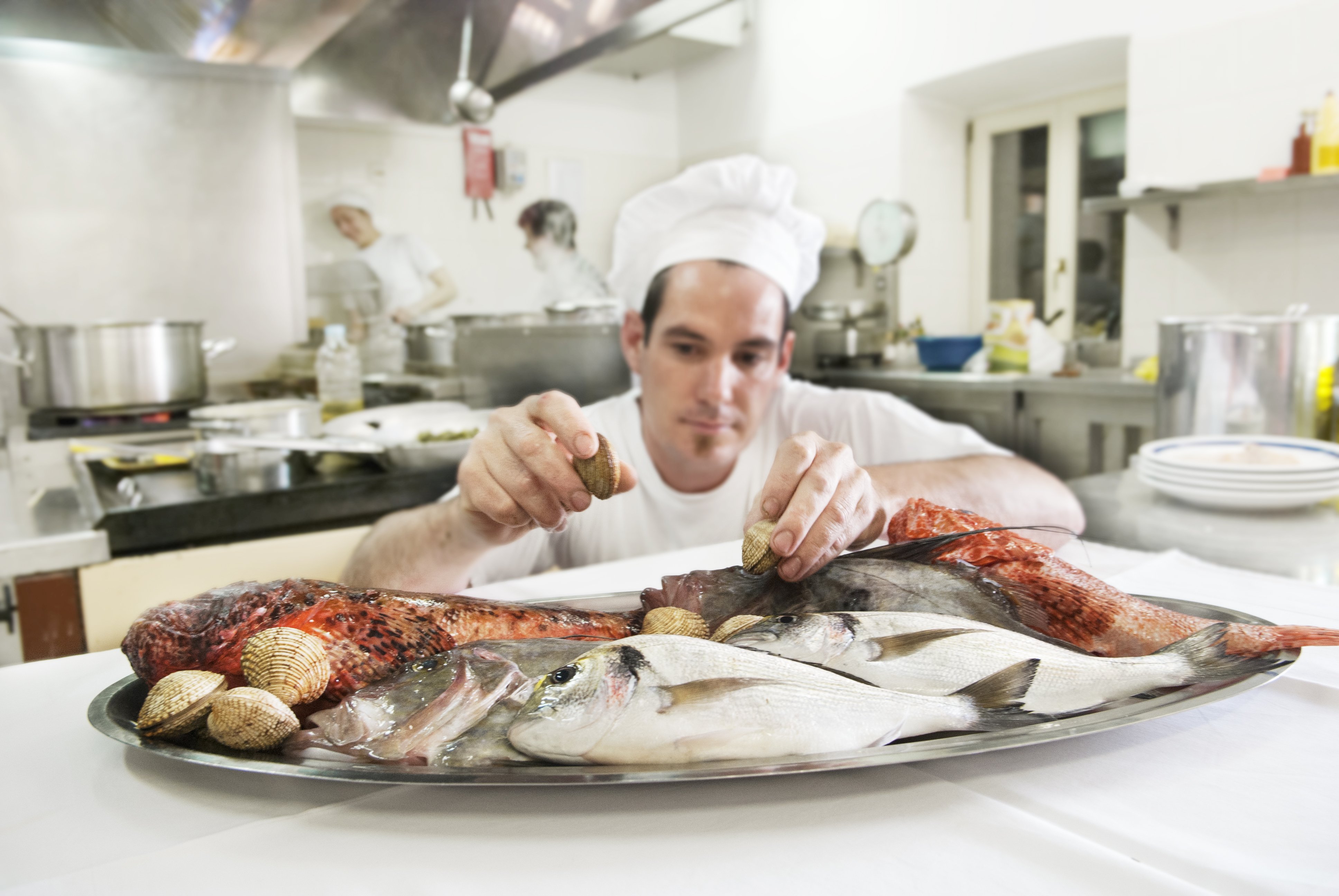 Freshly caught culinary seafood delights. [Photo: Poreč Tourist Board]
Freshly caught culinary seafood delights. [Photo: Poreč Tourist Board]In inland Istria, you can also indulge in succulent pršut (similar to Italian prosciutto) and pungent truffles accompanied by handmade fuži pasta.
Dining venues range from smart Michelin-starred restaurants serving Creative Mediterranean cuisine based on local seasonal ingredients, to rustic konobe (taverns) doing hearty regional specialties.
There's also a steadily increasing number of restaurants offering plant-based options for vegans and vegetarians, and welcoming agrotourism farms serving genuine home cooking made from their own fresh produce. Desserts are simple and light - artisan ice creams imbued with fragrant wild herbs, and palate-cleansing fruit sorbets.
4. Wines
Croatia makes some excellent wines, though they're seldom exported and therefore little known abroad.
In Dalmatia and Istria, many family-run wineries are open for tours and tasting, accompanied by savory snacks. The most interesting producers specialize in local indigenous grape varieties, specific to their region.
 In Dalmatia and Istria, taste wines made from local indigenous grape varieties. [Photo: Fakin Winery]
In Dalmatia and Istria, taste wines made from local indigenous grape varieties. [Photo: Fakin Winery]In Istria, you'll find full-bodied red Teran – the best comes from vineyards around the medieval-walled hill town of Motovun. Istria also produces summery white Malvazija, and Muškat Momjanski, a sweet desert wine from Momjan.
In Dalmatia, red Plavac mali predominates. Highly-esteemed velvety Dingač, produced in a unique microregion near Potomje, is made from Plavac mali cultivated on the steep south-west facing seaward slopes of Pelješac peninsular, near Dubrovnik.
Whites are less usual in Dalmatia, though Pošip and Grk from Korčula island deserve a special mention. Croatia has also started making some surprisingly good sparkling wines, as well as natural (orange) wine, aged in terracotta amphorea.
5. National Parks
Croatia's most awe-inspiring landscapes have been proclaimed national parks. In Dalmatia, on Mljet island near Dubrovnik, Mljet NP conceals lush woodland and two saltwater lakes, one with a tiny islet capped by a monastery.
Up the coast beyond Split, Krka NP lies in a deep wooded canyon, carved by the River Krka, which tumbles down towards the sea in a series of cascades.
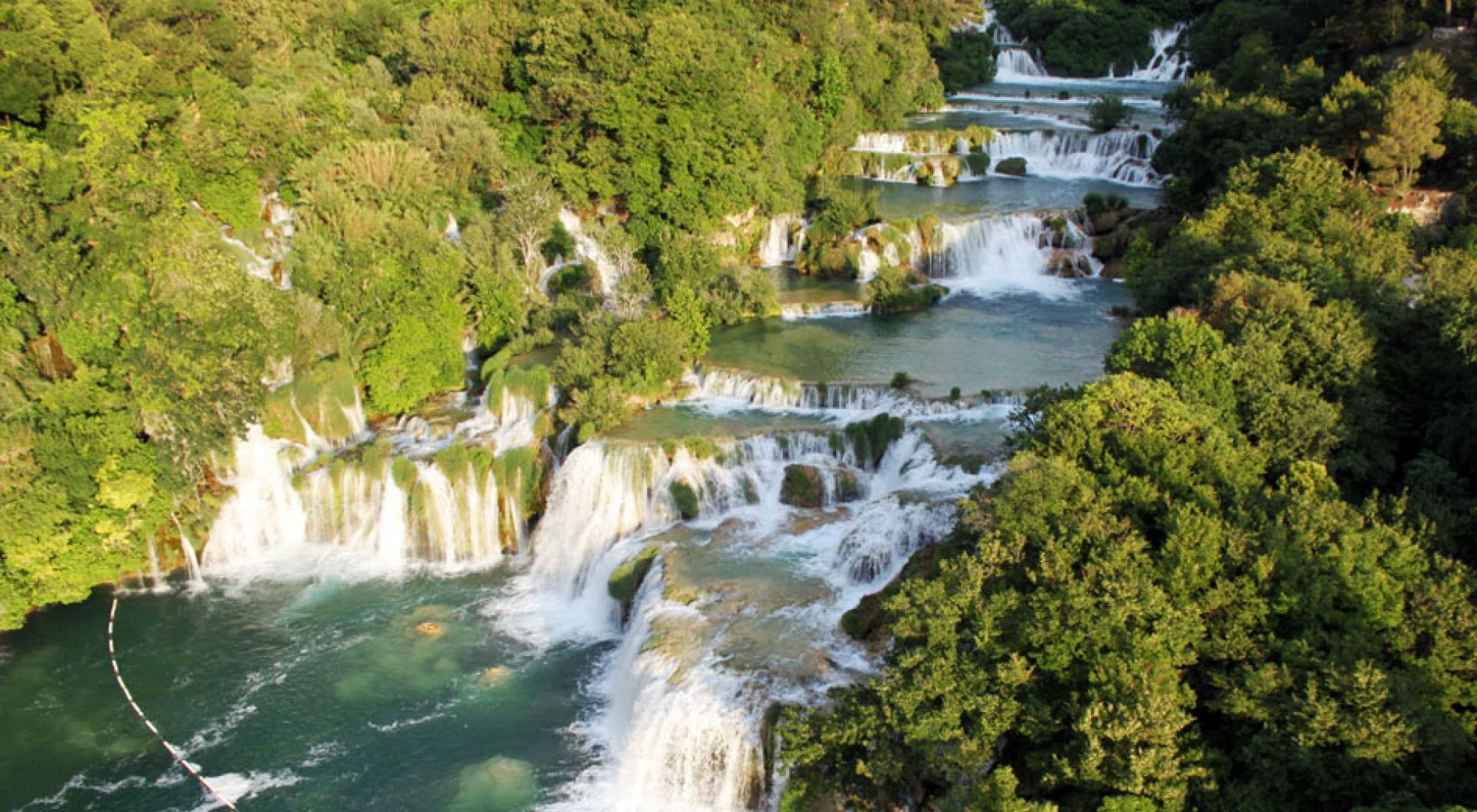 Krka National Park lies in a deep wooded canyon, carved by the River Krka. [Photo: Šibenik Tourist Board]
Krka National Park lies in a deep wooded canyon, carved by the River Krka. [Photo: Šibenik Tourist Board]Nearby, the wild rocky uninhabited islets of the Kornati archipelago lie within Kornati NP, a haven for yachters, escapists and nature lovers.
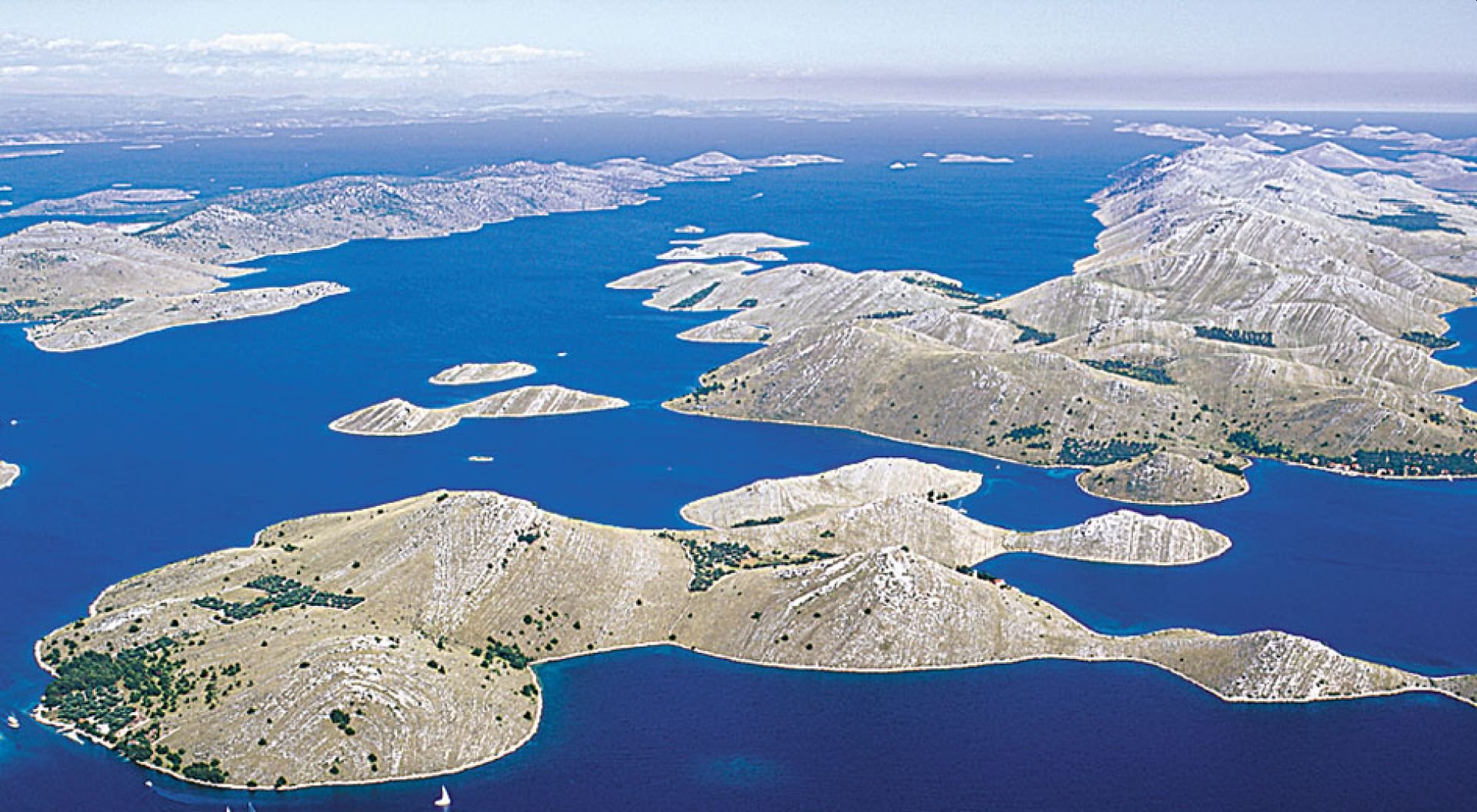 Islets of the Kornati archipelago within Kornati NP. [Photo: Šibenik Tourist Board]
Islets of the Kornati archipelago within Kornati NP. [Photo: Šibenik Tourist Board]Opposite, on the mainland, the soaring limestone mountains of Paklenica NP offer challenging hiking and rock-climbing.
Inland, Plitvice Lakes NP sees 16 turquoise lakes connected by a succession of dramatic waterfalls – you can visit as a daytrip from Split, or even stay overnight.
Off the tip of the Istrian peninsula, Brijuni NP is an archipelago of pristine islets, with a safari park and bike trail.
6. Adventure Sports
Imposing landscapes and unspoiled nature offer a superb backdrop for outdoor adventure sports.
In Dalmatia, in the Cetina Canyon near Split, you can try rafting or canoeing down a series of thundering rapids, and there's zip lining too.
For hiking or cycling, you might follow the 48-mile Parenzana, a disused railway line complete with tunnels, viaducts and bridges, in inland Istria, or the 87-mile Via Brattia, connecting villages, beaches and cultural attractions on the island of Brač in Dalmatia.
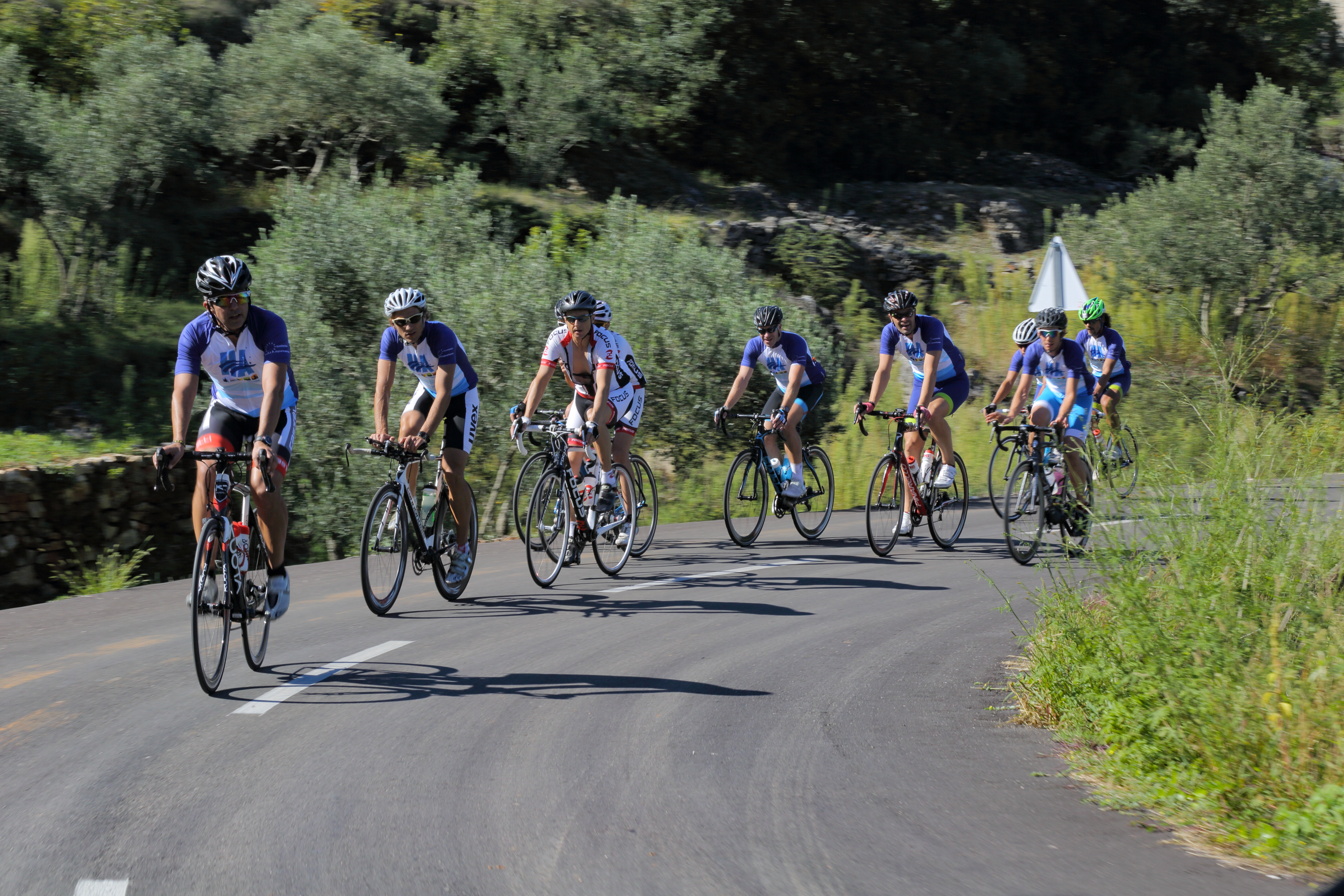 Cycle along the 48-mile Parenzana, a disused railway line. [Photo: Hvar Toursit Board]
Cycle along the 48-mile Parenzana, a disused railway line. [Photo: Hvar Toursit Board]On the sparkling blue Adriatic, you'll find plenty of opportunities to try scuba diving – underwater visibility is excellent and top dive sites include wrecks, reefs, caverns and sea walls adorned with red gorgonian coral.
You might join a half-day sea kayaking tour around Dubrovnik's Elafiti islets, Hvar's Pakleni archipelago, or Cape Kamenjak near Pula in Istria, or try windsurfing in Bol on Brač, or kite-surfing in Vrbanj on Pelješac.
7. Sailing
The ultimate way to explore Croatia's gorgeous rugged coast and myriad islands is aboard a private yacht. This gives you the freedom to plan your own itinerary and discover hidden coves and secret beaches accessible only by boat.
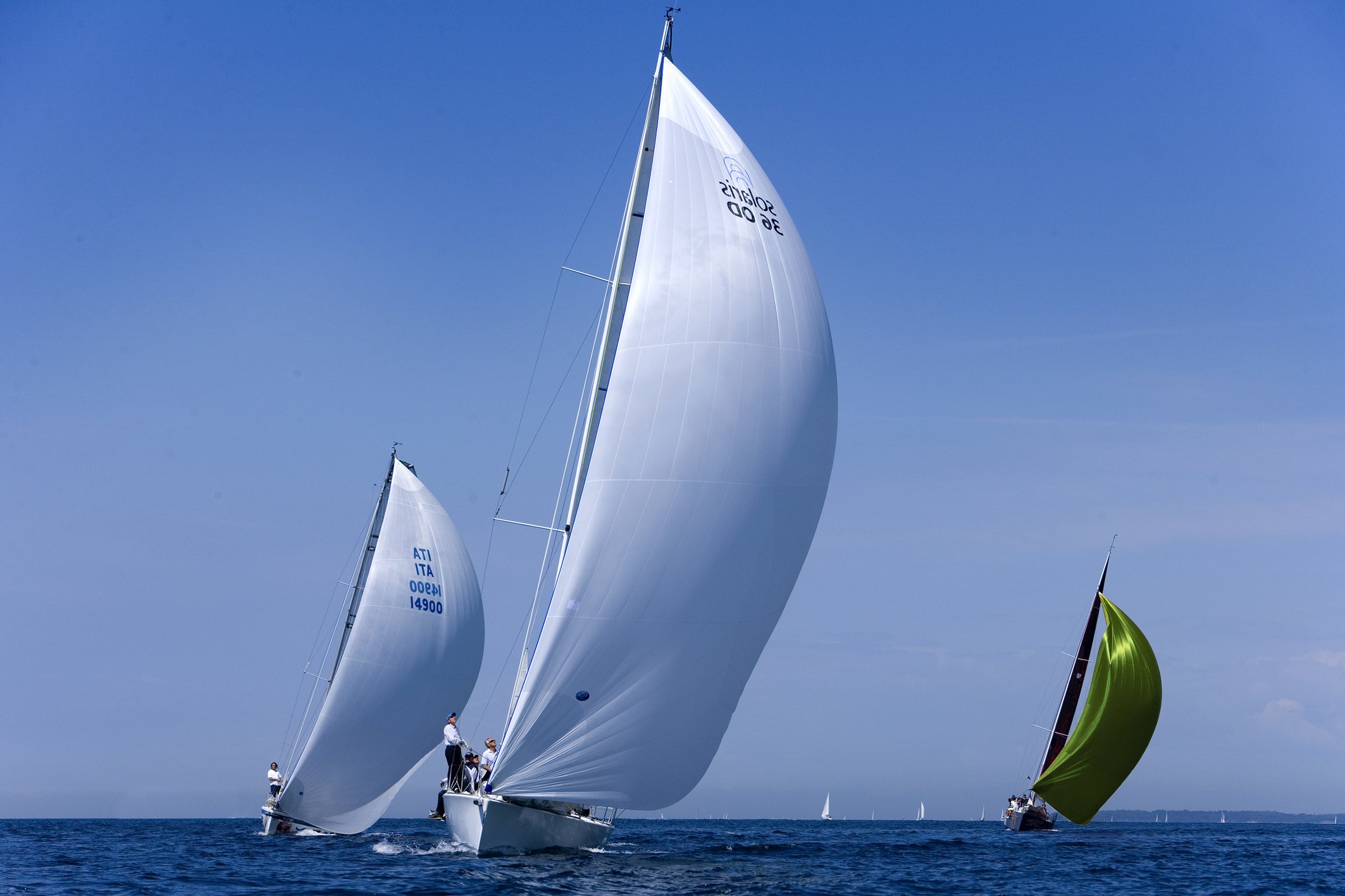 A haven for outdoor sports enthusiasts, sail along Croatia's coast. [Photo: Poreč Tourist Board]
A haven for outdoor sports enthusiasts, sail along Croatia's coast. [Photo: Poreč Tourist Board]In contrast to Greece, the islands here lie relatively close together, meaning shorter sailing times between them. Along the way, you can drop anchor to swim and snorkel in secluded sunny bays, then moor up to overnight in beguiling medieval harbor towns, such as Hvar or Korčula, built by the Venetians to service their galleys. And you'll have plenty of time for cultural sightseeing, dining out below the stars, shopping for souvenirs, and wine tasting.
Numerous charter companies offer luxury yachts for one-week vacations, complete with professional local skippers, who'll share their insider knowledge with you. Top yacht charter bases are located in well-equipped modern marinas in Split, Dubrovnik and Rovinj.
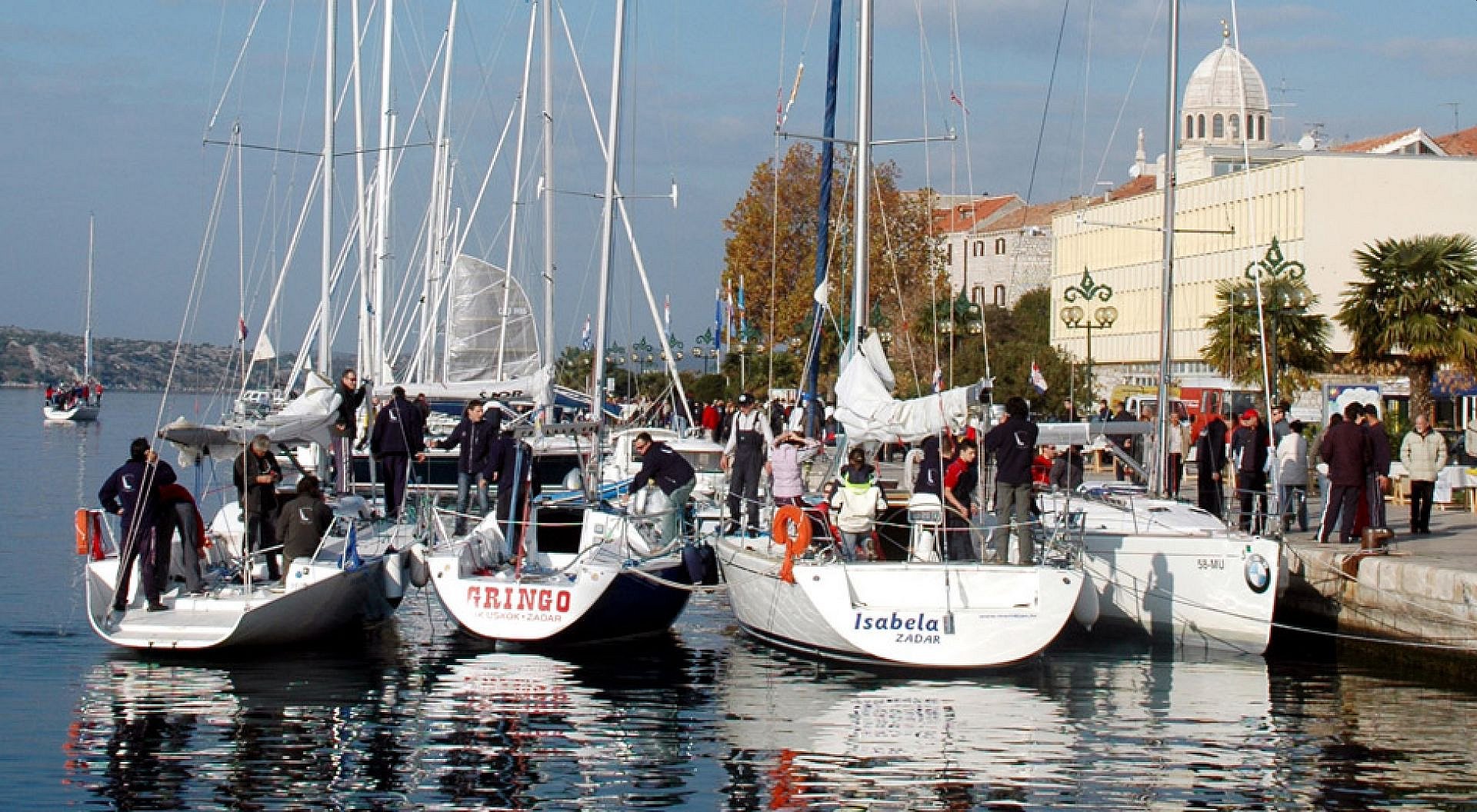 In Croatia, numerous charter companies offer luxury yachts for one-week vacations. [Photo: Šibenik Tourist Board]
In Croatia, numerous charter companies offer luxury yachts for one-week vacations. [Photo: Šibenik Tourist Board]8. Modern & Contemporary Culture
Most people know about Croatia's historic attractions, but today there are plenty of contemporary up-and-coming designers and artists too.
In Rovinj, the sleek minimalist Hotel Lone by Studio 3LHD is Croatia's first "total design" hotel, while the Amarin Family Hotel is an architectural project intended to amuse and inspire children.
 Hotel Amarin's garden design is perfect for kids. [Photo: Maistra Hotels]
Hotel Amarin's garden design is perfect for kids. [Photo: Maistra Hotels]In Dubrovnik, several of the top luxury hotels showcase notable Croatian painters, photographers and furniture designers, while down the coast in Cavtat, Hotel Croatia featured in a 2018 exhibition of Yugoslav Architecture at MoMA in New York. Dubrovnik and Split each have a Modern Art Gallery displaying big bold colorful canvasses, sculpture and quirky installations by local artists.
And at KAWA concept store in Dubrovnik, you can purchase unique gifts to bring home, created by Croatian artisans. Trendsetting sustainable design items include Sheriff&Cherry sunglasses, founded in Rovinj in Istria, and Earthbound eco sneakers from Zagreb. ||
